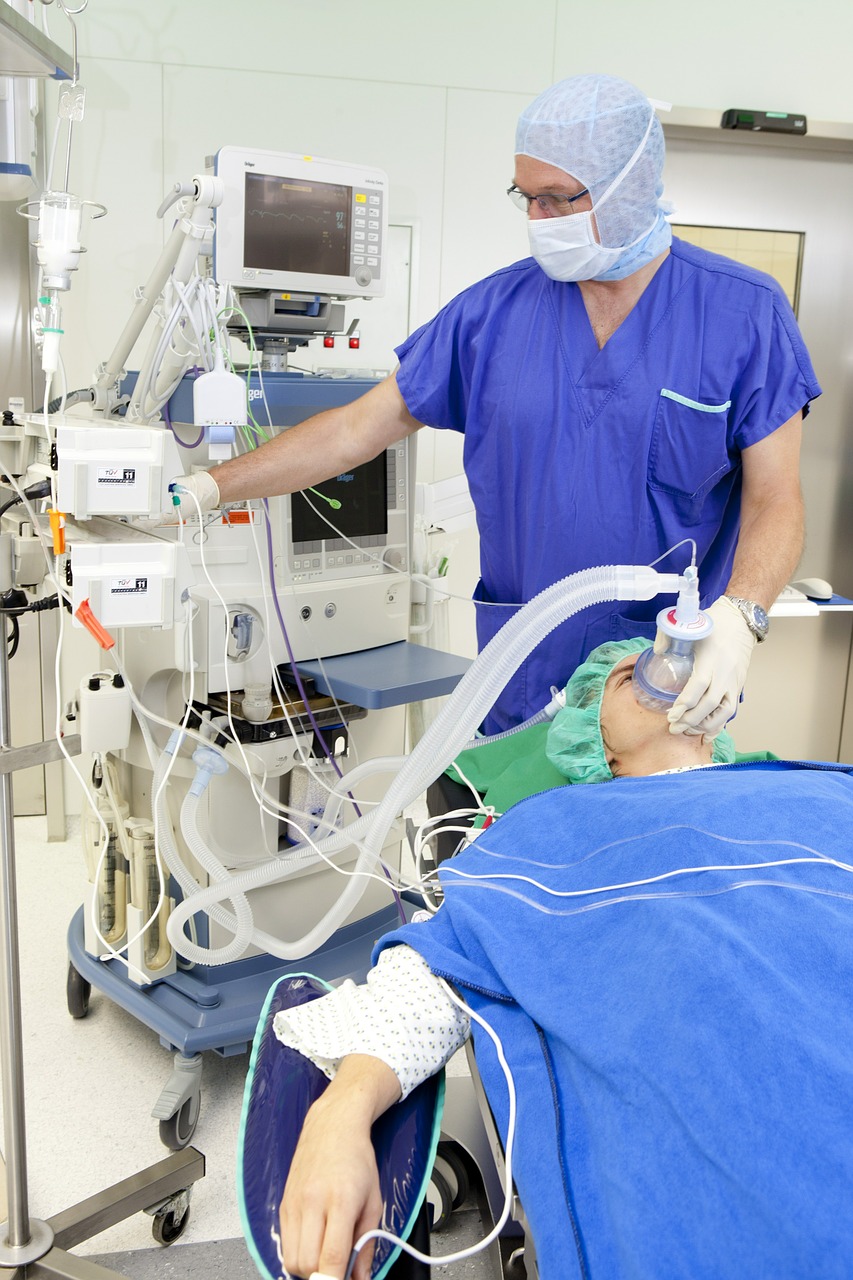What is an Umbilical Hernia?
The umbilical cord associates a mother and her fetus while in the womb. Infants' umbilical cords pass through a little opening between their abdominal wall muscles. In many cases, the gap closes soon after birth. An umbilical hernia happens when the abdominal wall layers don't join thoroughly, and the intestine or other tissues from inside the abdominal cavity swell through the weak area around the belly button. Around 20 percent of infants are brought into the world with an umbilical hernia.

Umbilical hernias are normally painless and don't bring any discomfort. Around 90 percent of umbilical hernias will inevitably close all alone. In the event that an umbilical hernia doesn't close by the time a child is 4 years of age, it will require treatment.
What causes umbilical hernias?
An umbilical hernia happens when the opening in the abdominal muscles that permits the umbilical cord to pass through fails to close totally. Umbilical hernias are generally common in babies, however they can likewise happen in adults.
African-American children, premature babies, and children conceived at a low birth weight are at a much higher risk of building up an umbilical hernia. There is no distinction in event among boys and girls.
An umbilical hernia in adults mainly happens when an excessive amount of weight is put on a weak section of the abdominal muscles. Potential causes may include:
- being overweight or obese.
- pregnancies with multiple gestation (having twins, triplets, and so on.)
- frequent pregnancies
- excess liquid in the abdominal cavity
- abdominal surgery
- having a persistent heavy cough
What are the symptoms of an umbilical hernia?
Umbilical hernias can for the most part be seen when your infant is crying, laughing, or stressing to use the washroom. The obvious symptoms is a swelling or lump close to the umbilical zone. This symptom may not be available when your child is relaxed. Most umbilical hernias are painless in kids.
Adults can also get umbilical hernias. The primary symptoms is the equivalent — a swelling or a growing lump close to the navel area. However, umbilical hernias can cause inconvenience and be excruciating in adults. Surgical treatment is precisely recommended.
The accompanying side effects or symptoms may indicate a progressively serious situation that requires medical treatment:
- the infant is in evident agony or pain
- the bulge or swell (in both children and adults) is very tender, swollen, or strained
- the infant starts sudden vomiting
Diagnose umbilical hernias
A doctor will perform a physical test to decide whether a newborn child or adult has an umbilical hernia. The doctor will check whether the hernia can be pushed back into the abdominal cavity (reducible) or in the event that it is caught in its place (incarcerated). An incarcerated hernia is a potentially serious issue in light of the fact that the trapped piece of the herniated substance may get deprived of a blood supply (strangulated). This can cause irreversible tissue damage.
Your primary care physician may take an X-ray or an ultrasound on the abdominal region to examine that there are no complications. They may likewise prescribe blood tests to search for infection or ischemia, particularly if the intestine is incarcerated or strangulated.
Are there any complications related with umbilical hernias?
Complications from umbilical hernias seldom happen in kids. However, additional complications can happen in both children and adults if the umbilical cord is incarcerated.
Intestines that can’t be pushed back through the abdominal wall at times they don’t get adequate blood supply. This can cause a severe pain and even permanently damage or kill the tissue, which could result in a serious infection or even death.
Abdominal hernias including a strangulated intestine require emergency surgery. Contact your PCP or visit to the emergency room immediately if the intestine gets deterred or strangulated.
Strangulated umbilical hernia Symptoms include:
- fever
- constipation
- serious abdominal pain and tenderness
- nausea and vomiting
- a bulging lump in the abdomen or midsection
- redness or other discoloration
How can umbilical hernias be repaired?
In small kids, umbilical hernias frequently recuperate without treatment. In adults, surgery is mainly suggested to ensure that no complications develop. Before opting for surgery, surgeon will normally hold up until the hernia:
- gets painful
- is greater than one-half inch in diameter
- doesn’t shrink or contract within one or two years
- doesn’t go away by the time a child is 3 or 4 years of age
- gets trapped or blocks the intestines
Before surgery
Fast before the surgery is highly recommended, as indicated to the surgeon’s instructions. It is likely suggested to keep on drinking clear liquids until up to three hours before surgery.
During surgery
Umbilical hernias surgery will last about an hour. The surgeon will make an incision close to the belly button at the area of the bulge. Surgeon push the intestinal tissue back through the abdominal wall. In youngsters, they’ll close the opening with stitches. In adults, surgeon often reinforce the abdominal wall with mesh prior closing with stitches.
Types of Umbilical hernia surgery
Umbilical hernia surgery is performed in two different manners: open hernia surgery or laparoscopic hernia surgery.
Open hernia surgery
During a conventional or customary open hernia surgery, the surgeon makes an incision close to the belly button to access the hernia over the lump area.
Laparoscopic hernia surgery
Laparoscopic hernia surgery is a less invasive procedure. The surgeon makes several smaller incisions around the hernia lump area. Thereafter, they insert a long thin tube with a lighted micro camera on the end into one of the incisions. This instrument is known as a laparoscope. It helps the surgeon to see inside your abdominal cavity on a video or projected screen.
Regardless of the sort of surgery, the objective of the procedure is the same. The surgeon delicately places the bulging intestine or other intra-abdominal tissue and abdominal lining back through the gap in the abdominal wall. Then surgeon stitch the hole closed. At times, they insert a synthetic mesh material into the abdomen to strengthen the affected area.
Recovery from umbilical hernia surgery
You’ll be shifted to a recovery room to fully wake up after the surgery. A team of Hospital staff will monitor and screen the vital signs, including your breathing, oxygenation, pulse, temperature, and blood pressure. Many umbilical hernia surgeries are done on an outpatient basis. This means you’ll likely have the options to return home that the same day or after 24hrs of the procedure.
Our surgeon will prescribe pain relieving medications and directions to keep your stitches clean and dry. Our doctor will schedule a follow-up appointment within a two or three weeks to evaluate your healing process. Many people can return to their regular activities within a few weeks post-surgery. It’s possible for another umbilical hernia to develop later on, however this is genuinely uncommon or rare.
What is the long-term perspective for umbilical hernias?
The majority of cases in infants or children will resolve all alone by age 3 or 4. In the event that you figure your infant may have an umbilical hernia, you can consult with our pediatrician. Seek for an emergency care if your child seems to be in pain or the lump turns out to be exceptionally swollen or discolored. Adults with a lump or bulge on their abdomen should also consult a doctor. You can consult our healthcare expert at https://www.southlakegeneralsurgery.com/make-an-appointment/
Hernia surgery is eventually simple and common procedure. However, all surgeries have risks, many children can get back home from an umbilical hernia surgery within a couple of hours. Southlake General Surgery hospital, Texas recommends holding up three weeks after surgery to engage in heavy physical activity. It’s improbable that the hernia will reoccur once it’s properly decreased and closed.

